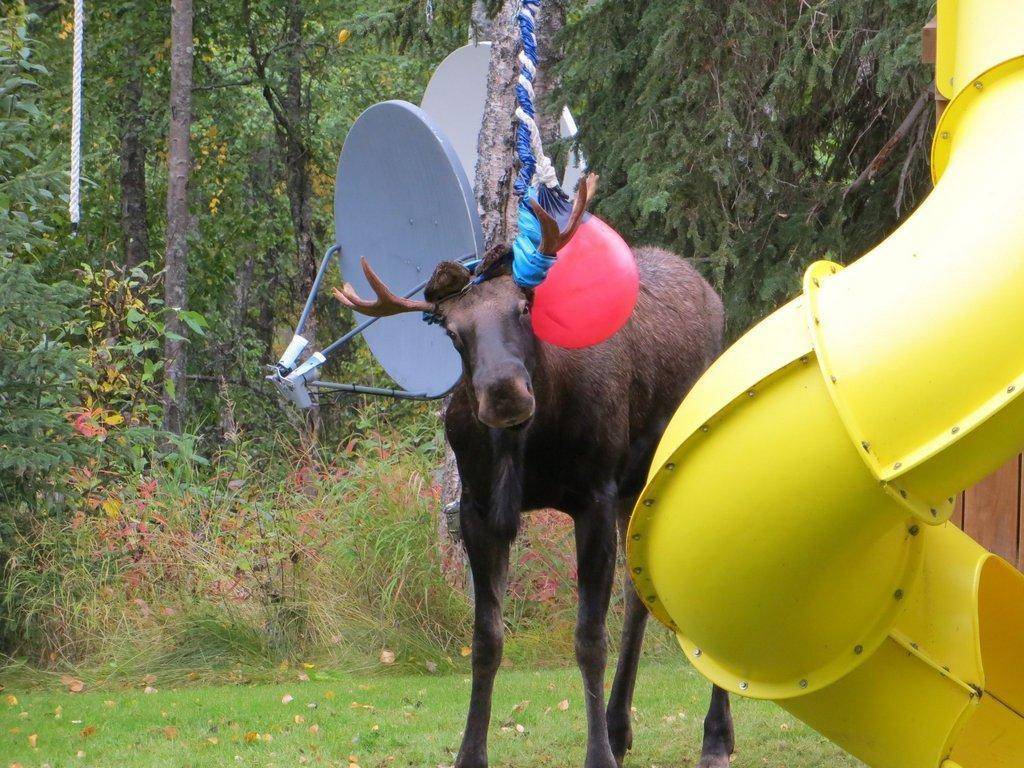By Terry Messmer
Just as humans must learn to adapt to changes in water availability during a drought, so must wildlife. Less water means less available habitat for wildlife, and since Utah is home to a sizable number of wildlife species, prolonged drought can create a perfect storm for human-wildlife conflict at the urban-wildland interface.
As deer, cougars, bears, raccoons, snakes and other wildlife search for food, water and cover during a drought, they may travel farther than usual into more developed areas and crowd into smaller spaces. This will make them more susceptible to diseases, predators and competition with other animals and humans.
Deer, elk and bighorn sheep may forage closer to roadways, making the animals more susceptible to collisions with vehicles. With fewer berries and acorns available, bears will eat garbage, grease from barbeques, bird seed and sugar water from hummingbird feeders. Raccoons and skunks may seek out garden vegetables and pet food.
Less water also means less cover for nesting wildlife such as young deer, pronghorn and elk, making these animals more vulnerable to predators. Less water means less available habitat for waterfowl, beavers, muskrats and other animals.
Drought conditions often increase interactions between humans and wildlife. You can prevent conflicts with wildlife by being mindful of your actions and aware of your surroundings. Consider these tips:
* Store garbage, pet food and horse/livestock grains inside.
* Dispose of garbage regularly and wash out trash cans to reduce odors.
* Clean grills after each use to reduce grease and odors. If possible, store them inside a garage or building.
* Regularly clean areas under bird feeders. If bears are a major problem in your area, consider removing bird feeders until winter.
* Clean up fallen or rotting fruits and vegetables in yards and gardens. Rotting fruit attracts bears, raccoons and skunks.
* Be aware that well-watered lawns and gardens can also attract more rodents, which provide prey for snakes. In recent weeks, the number of reports of people seeing snakes in city parks have increased.
* If you encounter wandering wildlife such as bears, cougars, deer and venomous snakes in a park or other public-use area, contact local law enforcement officials so warning signs can be posted in the areas to let others know of potential risks.
For more information, visit WildAwareUtah.org.

